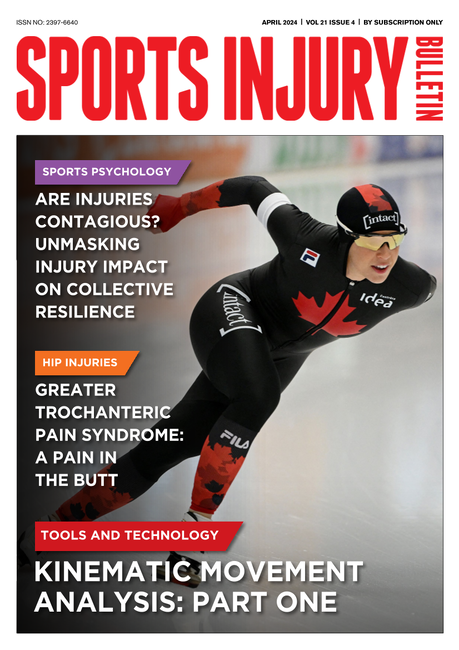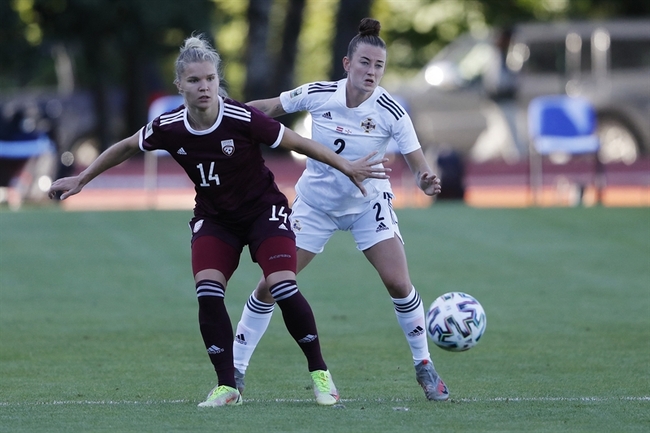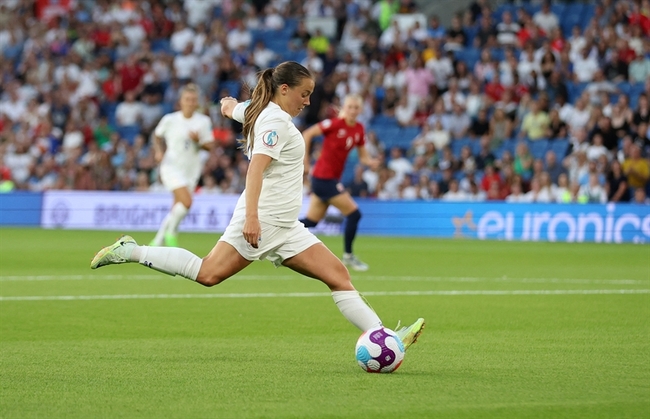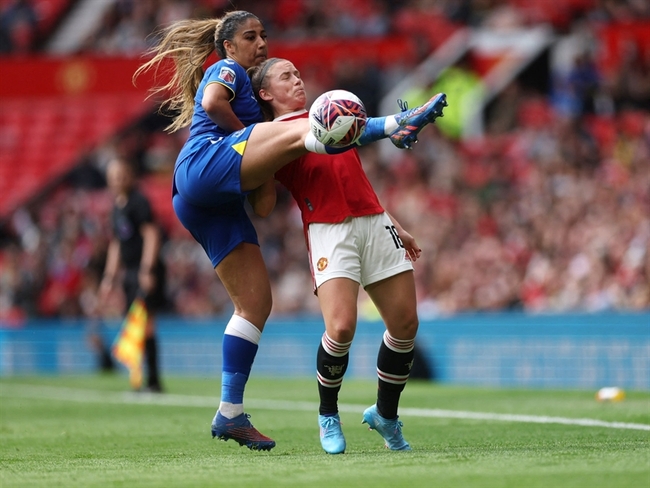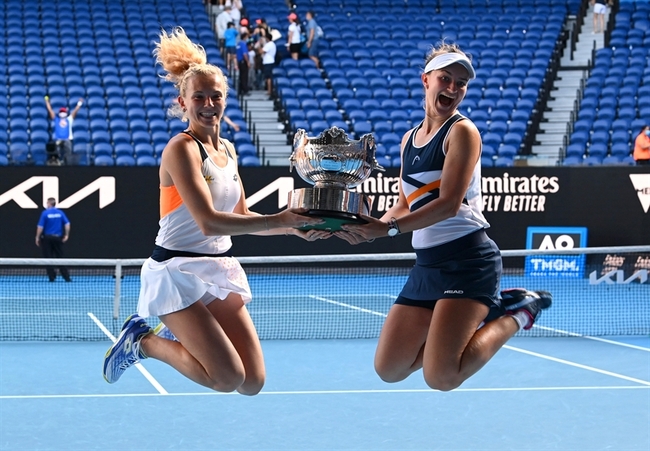Post-ACL repair runners shortened their stride and this happened...
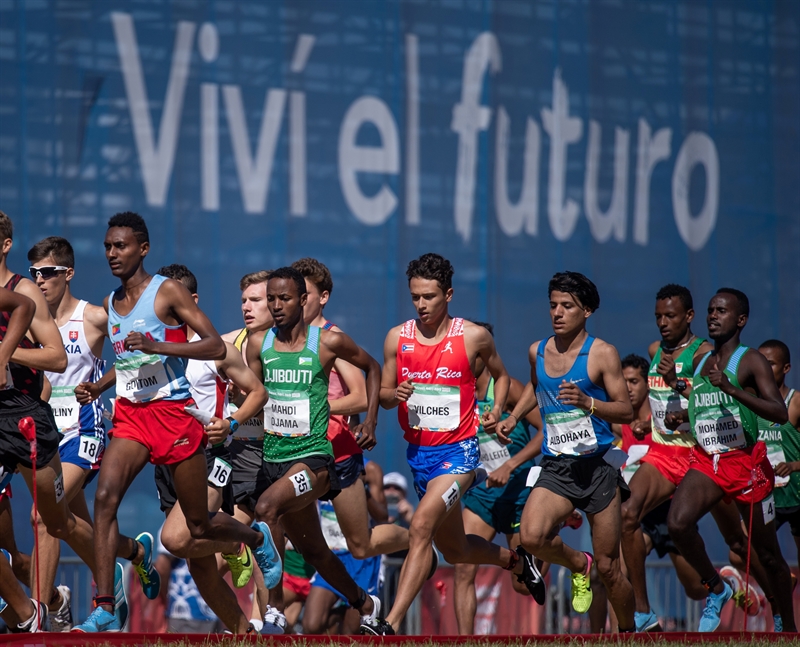
Before jumping to conclusions about how stride affects joint health, let's review some basic information about joint forces. There are four primary forces acting on most joints:
1) Contact / Compression
This is a normal force caused by weight-bearing that compresses the articular surfaces of the tibia and femur and the meniscus in the knee. This force is created by both gravity and the contraction of the muscles around the knee such as the hamstrings and quadriceps that co-contract in walking and running and pull the tibia up against the femur.
Excessive compressive forces are encountered when landing with the knee in an extended position. Excessive forces can also be cumulative, as in the low-level repetitive force that occurs when someone suddenly increases training volumes. The small but frequent compressive force may begin to irritate the structures in the knee.
2) Torsion
During normal walking and running the knee joint is subject to normal internal and external rotation of the tibia on the femur. Called the screw-home mechanism, this rotational force occurs during terminal (the last 20°) knee extension.
An excessive twisting force on the knee may result in a cruciate ligament injury. This would occur in a knee that rotates as the foot is fixed. Alternatively, small but repetitive internal rotation of the knee during running caused by hip muscle weakness may begin to irritate the structures of the knee.
3) Shear
During normal walking and running, the knee is subject to a posterior shear force caused by hamstring contraction during the swing phase of the gait and anterior shear force as the knee extends with quadriceps contraction during terminal swing phase. Excessive forces may be experienced when landing on a flexed knee that pushes the tibia backward quickly and may lead to a posterior cruciate ligament injury.
Alternatively, a repetitive shear force may be caused by poor muscle contraction and/or a lax cruciate ligament that causes an excessive sliding force between the tibia and femur. The articular cartilage and meniscus are not designed to withstand shear force, so these forces are potentially the most damaging.
4) Tensile
This is a stretching force. During normal walking and running, the knee joint undergoes a slight valgus collapse due to the line of the center of mass falling medial to the knee in unilateral stance. This creates a slight tensile force on the medial knee structures and increased contact force on the medial knee. An excessive valgus collapse of the knee due to poor hip muscle control may lead to repetitive forces on the medial knee structures that may cause degeneration in the medial column.
Do the forces at the knee experienced while running cause joint deterioration?
The research continues to mount supporting the fact that the body was made to move. Despite the increased joint contact forces experienced over walking, running doesn’t increase the likelihood of developing osteoarthritis. In fact, because the overall cumulative load is less, one study we highlighted suggests that running may be healthier for joints than walking. What about a population of athletes already vulnerable to developing osteoarthritis?As Alicia Filley explained when she compared ACL repair to non-repair recovery, the incidence of developing osteoarthritis after an ACL injury, while elevated, doesn’t necessarily depend on post-injury management. In other words, it’s likely the injury itself that alters the distribution of forces within the knee, changes the composition of the joint cartilage, decrease joint lubrication, and increases the chance of joint deterioration(1).
Researchers in North Carolina suggest that the change in gait due to the joint alterations mentioned above after an ACL injury, moves the compressive and shear forces within the knee to areas of the joint which aren’t designed to withstand them. This then contributes to the breakdown within the joint. Therefore, the question is how to return an athlete to sport post-ACL injury while minimizing either the magnitude of joint contact forces or normalizing the loading pattern to keep the knee as healthy as possible? Since running with a shortened step length decreases the tibiofemoral joint (TFJ) and patellofemoral joint (PFJ) contact forces while running for healthy individuals, they wondered if the same were true for those post ACL repair.
The effect of stride length
The investigators evaluated 18 runners who were several years (on average of over four years) post ACL repair. The subjects received different types of repair and varied in the meniscal involvement with their injury and repair. The cohort consisted of nine men and nine women.Using standard video gait lab protocols and keeping the treadmill speed constant, the scientists calculated the forces at the knee while each runner ran using their preferred step length, then decreased the step length by 5% and 10%. They found that simply shortening the step length by 5%, peak PF and tibiofemoral joint TFJ contact forces at the knee decreased significantly. These decreases were comparable to the decreases in compression forces seen in healthy subjects who shortened their stride length.
While not known for certain whether the injury itself, the repair, or the changes in loading patterns within the joint contribute to early-onset osteoarthritis, the researchers theorized that reducing the overall load within the joint should help reduce the rate of joint deterioration. Interestingly, when they compared the PFJ and TFJ contact forces of the injured knee to the healthy knee, they found that at a self-selected pace, the injured knee already demonstrated lower compression forces than the healthy knee. Without normative research on contact forces between the knees of healthy subjects, the researchers were unable to draw conclusions about this finding. They conjectured that decreased force within the quadriceps muscles on the injured limb resulted in the lower contact forces as well as the lower loading rate for that leg. However, the study didn’t measure force production within the muscle.
This study’s limitations included a small sample size with a variable extent of self-reported ACL injuries, repairs, time since the repair, and activity levels within the sample. Further, this study was conducted using the treadmill and therefore its findings may not translate to over-ground running. The forces were calculated using standardized models which approximate joint movement and forces. However, its findings were in line with studies of step length on healthy subjects.
Whether this makes a difference in the long term development of osteoarthritis in post ACL repair athletes requires more study. Practically speaking, however, some athletes struggle with knee pain when they return to sport. Shortening stride length initially on return to running may ease the transition back to sport. Stride length gives clinicians a variable to control loads within the knee joint, giving joint tissue time to adapt to activity. Gradually increasing the load might allow the structures within the joint to adjust to the new patterns of compression, making running more comfortable in the short term, and possibly preserving joint integrity in the long term.
Reference
- Clin Biomech. 2017 Mar;43:79-85
You need to be logged in to continue reading.
Please register for limited access or take a 30-day risk-free trial of Sports Injury Bulletin to experience the full benefits of a subscription.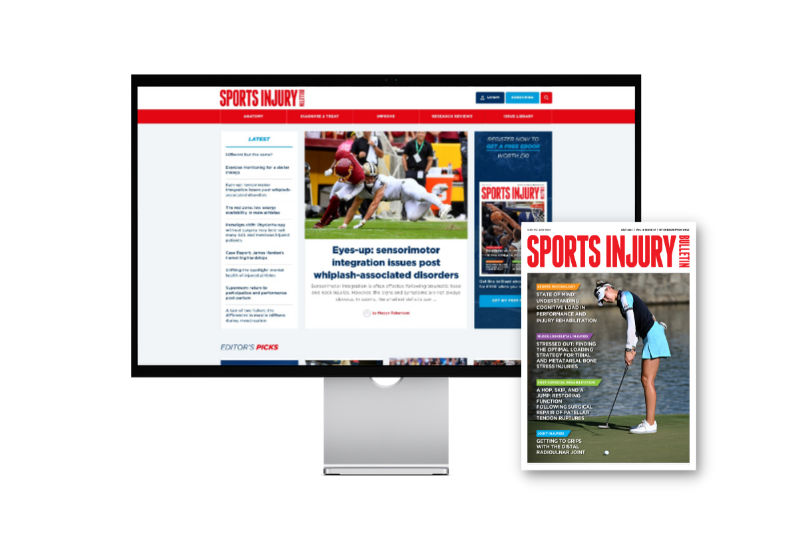 TAKE A RISK-FREE TRIAL
TAKE A RISK-FREE TRIAL
Newsletter Sign Up
Subscriber Testimonials
Dr. Alexandra Fandetti-Robin, Back & Body Chiropractic
Elspeth Cowell MSCh DpodM SRCh HCPC reg
William Hunter, Nuffield Health
Newsletter Sign Up
Coaches Testimonials
Dr. Alexandra Fandetti-Robin, Back & Body Chiropractic
Elspeth Cowell MSCh DpodM SRCh HCPC reg
William Hunter, Nuffield Health
Be at the leading edge of sports injury management
Our international team of qualified experts (see above) spend hours poring over scores of technical journals and medical papers that even the most interested professionals don't have time to read.
For 17 years, we've helped hard-working physiotherapists and sports professionals like you, overwhelmed by the vast amount of new research, bring science to their treatment. Sports Injury Bulletin is the ideal resource for practitioners too busy to cull through all the monthly journals to find meaningful and applicable studies.
*includes 3 coaching manuals
Get Inspired
All the latest techniques and approaches
Sports Injury Bulletin brings together a worldwide panel of experts – including physiotherapists, doctors, researchers and sports scientists. Together we deliver everything you need to help your clients avoid – or recover as quickly as possible from – injuries.
We strip away the scientific jargon and deliver you easy-to-follow training exercises, nutrition tips, psychological strategies and recovery programmes and exercises in plain English.


